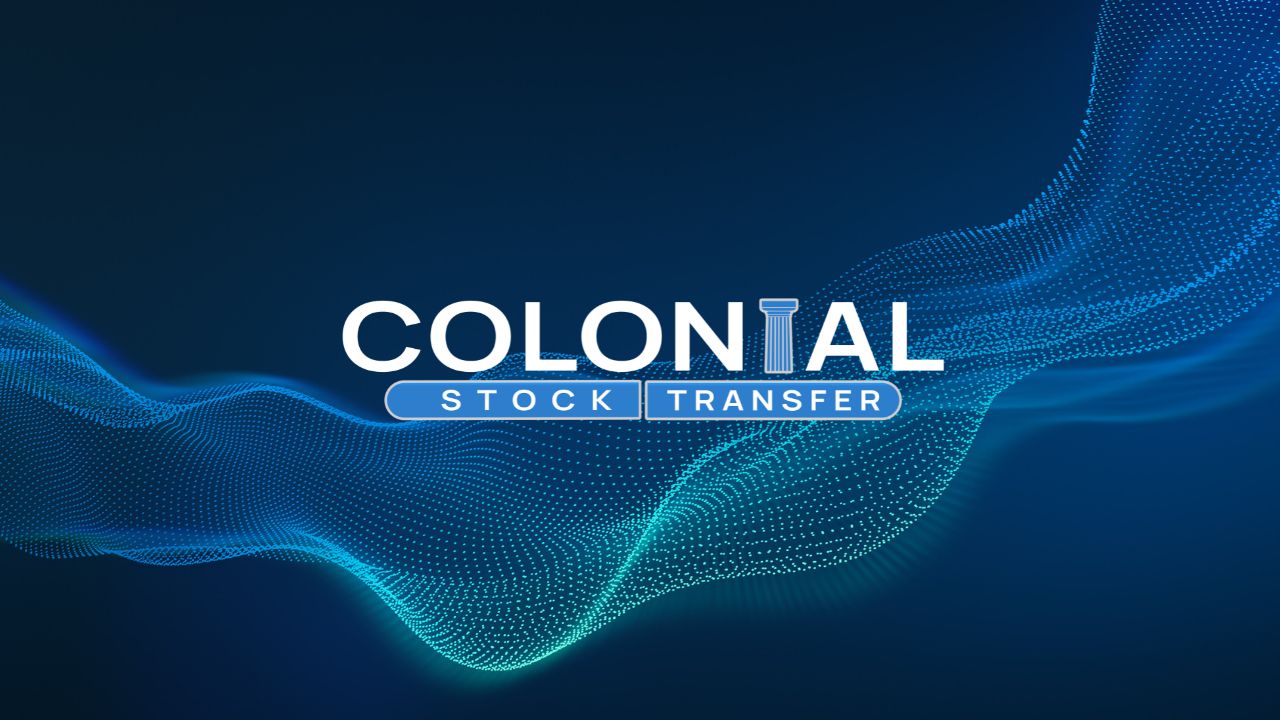Regulation A+, evolved from the 2012 Jobs Act and provides an exemption so that companies can offer shares to accredited and non-accredited (“Main Street”) investors. This process is often called a mini-IPO due to its implications for small businesses seeking growth capital.
There are two tiers. Using Tier 1, your company can raise $20 million within 12 months. Tier 2 increases the limit to $75 million in 12 months, with added requirements.
The big sell for Tier 1? No ongoing reporting requirements. Sounds great, right? Well, there’s a catch. While Tier 2 requires ongoing financial reporting to the SEC, it enjoys Blue Sky Exemptions. That means Tier 2 offerings can raise money in all states without registering in each of them.
Under Tier 1, issuers must follow Blue Sky regulation and register in every state. That takes time and a lot of money. The silver lining is that this option doesn’t require SEC financial reporting.
So, most companies choose Tier 2 offerings.
What’s the bottom line? If you want to launch in 1 or 2 states and need $20 million or less, tier 1 has many advantages. However, if you’re launching in multiple states—or all 50!—and need up to $75 million, the Blue Sky exemption for Tier 2 makes it very attractive.
A Closer Look at Tier 1 and Tier 2
It is helpful to take a closer look at how Regulation A+ impacts Tier 1 and Tier 2. By understanding the basics of each tier, you should have an easier time deciding which one is right for your needs.
Keep in mind that, with both tiers, the issuer is required to file an offering statement with the SEC. This includes an offering circular, which will act as a disclosure document for all interested investors.
Tier 1
First, if you are issuing securities under Tier 1, your company is allowed to offer a maximum of $20 million dollars over a 12-month period. In addition, you are required to file offering statements with the SEC, and they need to be qualified by state regulators and all of the states in which you plan to sell your securities. This can take a tremendous amount of time and money and is often the reason most companies opt for Tier 2 offerings. Nevertheless, if you have a good blue sky services partner, like Colonial Stock Transfer, things will be easier.
On the other hand, Reg A Tier 1 companies do not need to worry about ongoing reporting requirements. They are required to issue a final report on the status of the offering, but they don’t have to worry about submitting numerous reporting documents along the way.
Tier 2
Next, if you decide to issue your securities under Tier 2, you are allowed to offer up to $75 million in a 12-month period, which means you can raise a larger amount of capital when compared to Tier 1.
If you decide to offer your securities under Tier 2, you are required to provide continual reports and audited financial statements to the SEC on a semi-annual basis. You are also required to issue a report on the final status of your offering. Keep in mind that Tier 2 offerings might have some additional requirements or limitations on the amount of money a non-accredited investor can invest. You need to keep an eye on these requirements to ensure you do not violate any rules.
You do need to file your offering documents with the SEC, but you do not have to worry about registering or qualifying your offerings with individual state securities regulators. Because of the Blue Sky Exemptions, you are allowed to raise money in all states without having to register in each of them individually, allowing you to save time and money.
What Are the Biggest Differences?
With a basic understanding of Tier 1 and Tier 2, it is time to highlight some of the differences. The biggest differences between Tier 1 and Tier 2 under Reg A+ include:
- Limits: If you decide to offer your securities under Tier 1, you are limited to raising $20 million over a 12-month period. On the other hand, if you decide to offer your securities under Tier 2, the limit goes up to $75 million over a 12-month period.
- Blue Sky Exemptions: If you decide to offer your securities under Tier 1, you are required to comply with more comprehensive Blue Sky registrations. This means that you are required to register in each state individually, which can complicate the process. On the other hand, if you decide to offer your securities under Tier 2, you can file notice filings which still require work, just not as much. This means that you don’t have to do a full registration in each state.
- Continuous Reporting: If you decide to offer your securities under Tier 1, you do not have to worry as much about ongoing reporting. You still have some filing requirements you need to meet, but you do not have to report to the SEC on a semi-annual basis.
Keep these differences in mind when you are trying to decide whether you want to offer your securities under Tier 1 or Tier 2.
Reg A Tier 1 and Tier 2 Comparison Chart
It might also be helpful to have a chart that can highlight some of the biggest differences in the chart below:
| Reg A – Tier 1 | Reg A – Tier 2 | |
| Offering Limit | $20 million | $75 million |
| Investors Allowed | All investors are eligible, including non-accredited investors | All investors are eligible, including non-accredited investors |
| Investment Limits for Individual Investors | None | Accredited investors do not have any limits. Unaccredited investors are limited to either 10 percent of their income or 10 percent of their net worth, whichever is greater. |
| Offering Documents | SEC Review and Individual State Review | SEC Review Only |
| Blue Sky Regulations | Blue Sky registrations | Blue Sky Prempted but Notice filings and fees are still required including issuer dealer registrations in a several states |
| Financial Disclosures | Requires reviewed financial statements, but some states might require fully audited financial statements | Required audited financial statements |
| Reporting Requirements | No ongoing public financial reporting is required | Annual and semi-annual public reporting, including financial statements, is required. |
Which Tier Should I Register As?
If you plan on offering securities, you might be wondering which tier is best for your needs. A few important points to keep in mind include:
- How Much Capital You Want To Raise: If you want to raise a significant amount of capital, you might find that it is hard to raise enough capital with a $20mm limit of Tier 1.
- Ongoing Reporting Requirements: If you feel like ongoing reporting requirements are going to be too much of a hassle for your company, you may want to register as a Tier 1 company, particularly if you feel like you can raise enough capital with a strong local presence.
- How Much Flexibility You Want: If your company’s financial situation is a bit fluid and you are looking for more flexibility and opportunity, Tier 2 will probably be better. It provides you with the most flexibility because it allows you to sell securities in all 50 states and has a higher fundraising limit.
Keep these points in mind as you try to decide whether you want to register as Tier 1 or Tier 2. Our team would be happy to help you.
Contact Colonial Stock to get started with your Reg A+ offering today.




